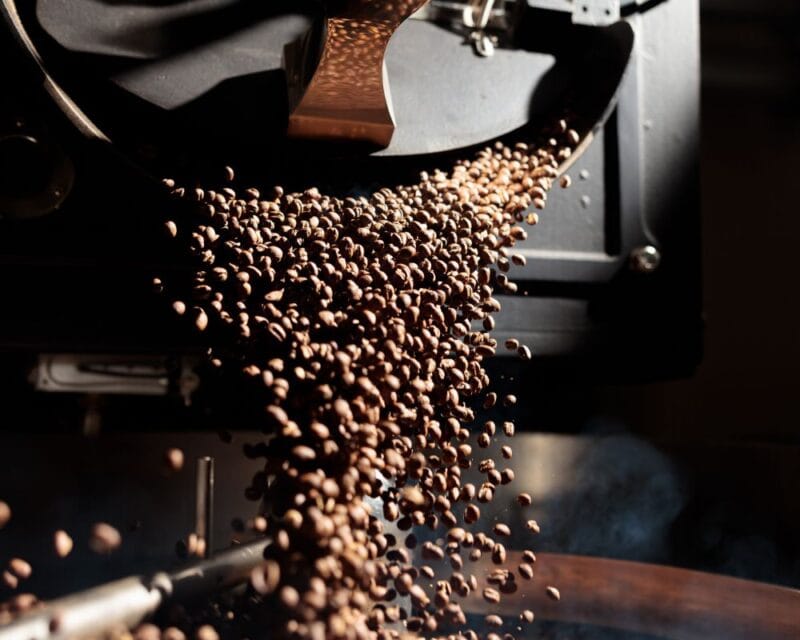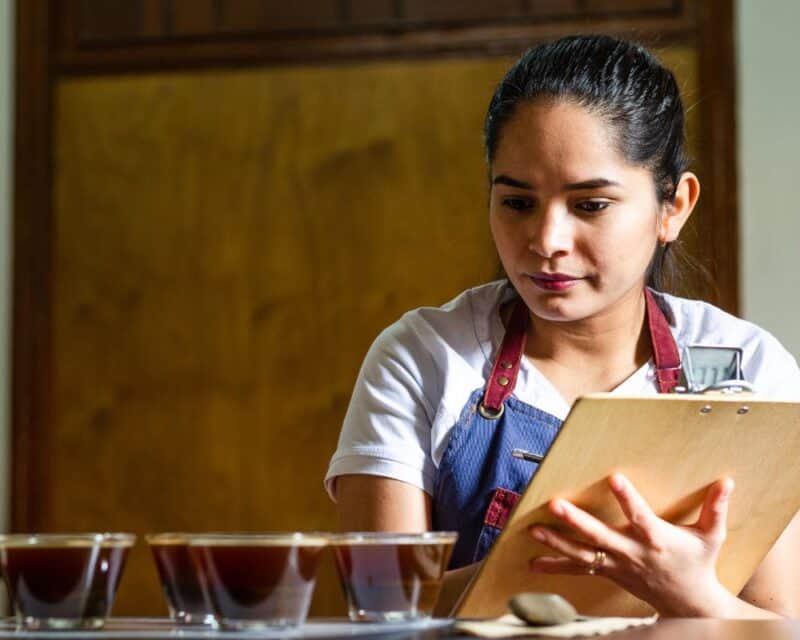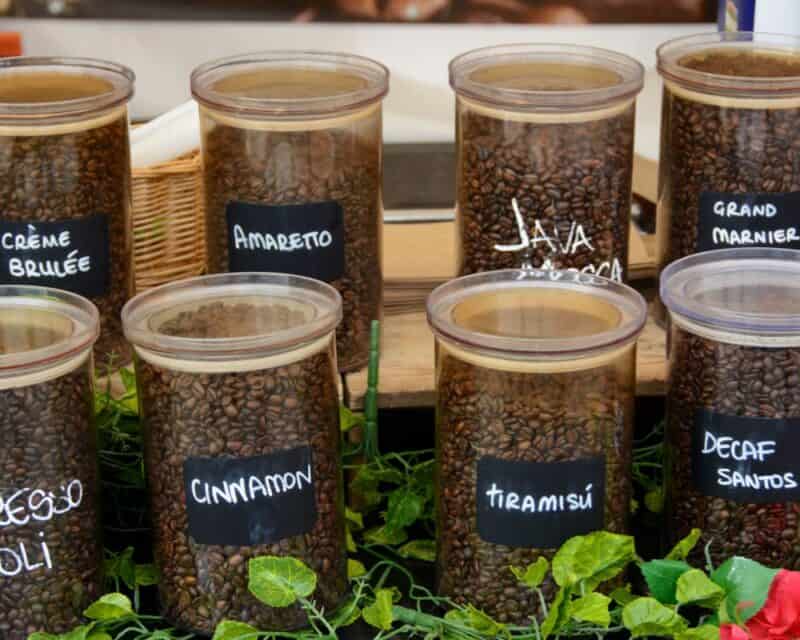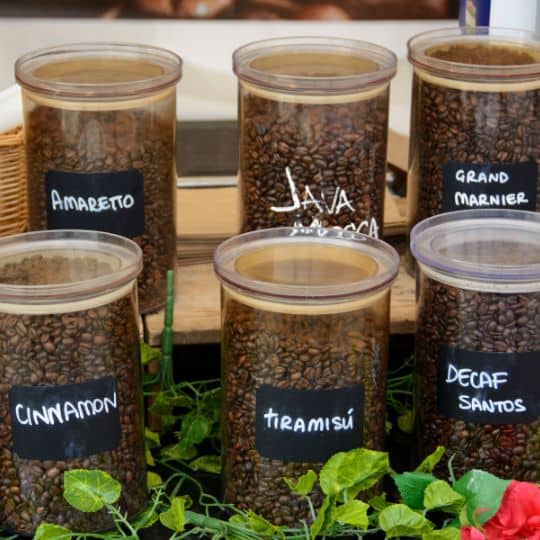Choosing your favourite coffee can feel like searching for a needle in a haystack. However, there are ways to search for the best fresh coffee beans by looking at their tasting profiles.
This article will explore the different profiles and how each one might suit your palate.
Firstly, introducing The Coffee Wheel

The coffee wheel, derived by the Specialty Coffee Association, is a valuable tool used by coffee professionals and enthusiasts to systematically categorise and describe the myriad of flavours and aromas present in coffee. Developed to enhance the understanding and communication of coffee tasting or cupping experiences, the coffee wheel is akin to a visual map that breaks down the complex world of coffee flavours into easily identifiable categories.
The innermost wheel features broader flavour categories, such as fruity, floral, or nutty. As one progresses outward, the intermediate wheel refines these categories into more specific descriptors, allowing for a more detailed analysis of the coffee’s flavour profile. For example, under the fruity category, one might find notes of berries, citrus, or tropical fruits.
The outermost wheel provides the most granular details, offering specific flavour attributes within each sub-category. It might include descriptors like blueberry, lemon zest, or pineapple, providing a precise vocabulary for expressing the unique tastes found in a particular cup of coffee.
Whether engaged in professional cupping sessions or simply enjoying a morning brew at home, individuals can use the coffee wheel as a shared language to communicate the
This helps coffee roasters and teams in the business to agree on a consistent way of giving their coffees a flavour and aroma profile.
In essence, the coffee wheel serves as a bridge between the subjective nature of taste and the objective language needed to convey those tastes accurately. It has become an indispensable tool in the world of coffee, fostering a deeper appreciation for the nuanced flavours that make each cup a unique and delightful experience.
A look at some popular flavour profiles

Tobacco and Earthy flavours
These are on the darker, richer end of the spectrum when it comes to coffee. In places like Papua New Guinea coffee is often known to supply coffees with subtle earthy tones.
Tobacco flavours in coffee can evoke the essence of freshly cured tobacco leaves. This might include smoky, woody, or even slightly sweet notes.
earthy tones can be influenced by the coffee’s origin and the specific conditions in which it was grown. Coffees from regions with rich soil, such as Sumatra or certain Central American countries, are known for earthy undertones.
Fruity & Bright Undertones
On the other end of the spectrum are those with a fruity and bright-tasting profile.
These are often flavours that come from your medium roasted beans.
Altitude has an important effect on the flavour of coffee.
For example, it’s thought that ones that are grown at higher altitudes are often associated with a fruity and bright-tasting profile.
To preserve the sweet, fruity notes, most specialty coffee roasters recommend drinking these coffees black. As opposed to having them with milk
Chocolate & Berry Notes
Coffees with chocolate, cocoa or berry notes are often somewhere in between the tobacco or fruity options. Starting with rich cocoa or chocolate notes on the palate and finishing with sweet berry or fruity undertones.
These beans usually have still a bit of richness but are not as sweet as the fruity flavours.
Nutty and Spice
This profile often offers a balanced sweetness, with the spices adding depth without overpowering the coffee’s inherent richness. Each sip unfolds with a delightful fusion of earthy nuttiness and subtle spice, inviting warmth with every sip.
The importance of farming processes

The way coffee beans are processed plays an important part in enhancing the tasting profiles of particular coffees from around the world. There are a few different processing methods, with the most popular being washed and natural. These processes are designed to remove the flesh from the beans and ferment them before they get dried out in the sun.
One of these processes is applied at the farm before heading to the roasteries where they’ll be turned into drinkable coffee beans.

